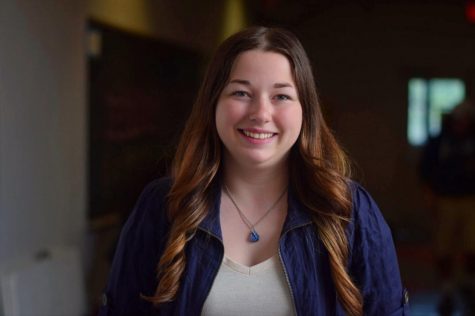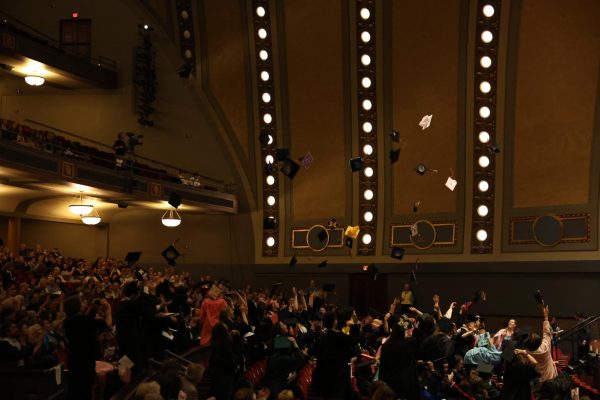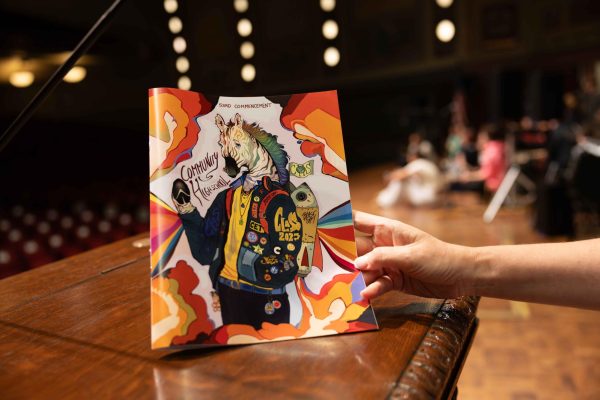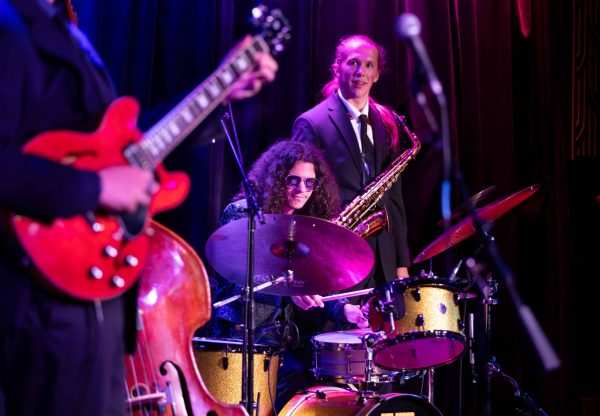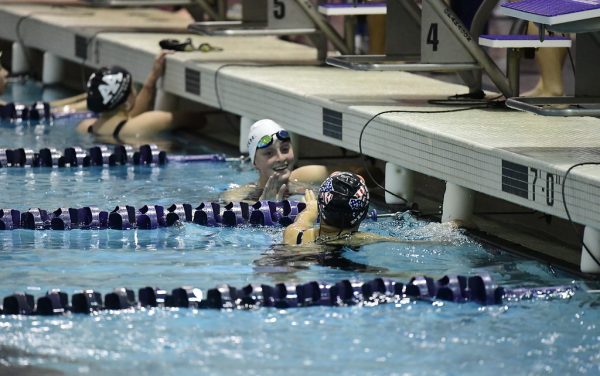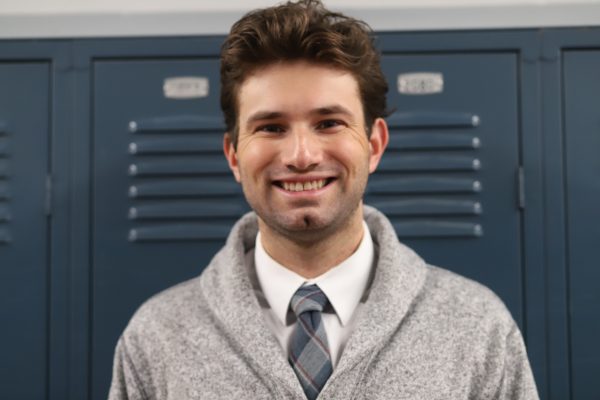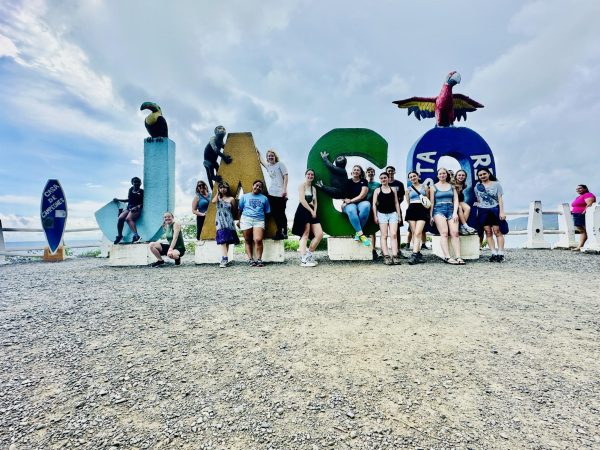Ecology Class Presents Final Projects
A trifold board depicts the design for a wetland and the research behind it. This project was done by 5 Community High School students in their Ecology class; Mary DeBona, Chrysanthe Patselas, KT Meono, Megan Syer, and Grace Jensen. “I was really looking for, like the groups that are going to get the highest grades are the groups that put the most thought into it, like in terms of research like if their goal was to provide habitat for endangered species for example, what research did they do, are they native species, does it make sense, they depth of research and that thought that goes into it, so thoughtful realistic plans,” Courtney Kiley said.
On Tuesday, Jan. 24 at eight in the morning, a room full of high school students sit listening to Courtney Kiley, a science teacher at Community High School in Ann Arbor Michigan, start class.
Today is their final, where they will be presenting the projects they’ve been working on for 2 weeks. This project, worth a large portion of their grades is to redesign the vacant DTE site located next to the Huron River and Broadway bridge into a fully functioning wetland. “Our ecology class was finishing our wetlands unit, so we were studying how wetlands function and how you can replace wetlands once they’re lost, which they have been in Michigan,” Kiley said. The DTE site was heavily polluted in the past due to the presence of a manufactured gas plant built in 1900.
“The class had to come up with a way of creating a wetland in that area that had a goal of being a recreational place and educational place for people in the Ann Arbor area,” Kiley said. “But then an additional goal like habitat for a species, water flood control, or contaminate removal, so that is what the project focused on and then the students presented their plans in front of the class, discussing their goals for the site and how outside factors influenced the wetland, how their wetland would function. [For example] how water would move through the site and how it would function to the specific goals they have.”
This project challenged students by making them draw on their knowledge of the city of Ann Arbor as well as everything they’ve learned about wetlands for their time in ecology class. Despite the challenge, however, Kiley is always impressed by what the students do with this project. “Every year I’m blown away by how creative kids are and it’s just uplifting to see, it’s one of my favorite days.”
And Kiley isn’t the only one amazed by the students’ accomplishments. At Science, Letters, and Arts night where the different departments display the projects students have done throughout the year and parents and guests can come see them. “In the future, at Science, Arts, and Letters night we put these projects up and then landscape architects from town who probably one day really are going to be developing the site are looking at these designs and they’re pretty impressed,” Kiley said.
